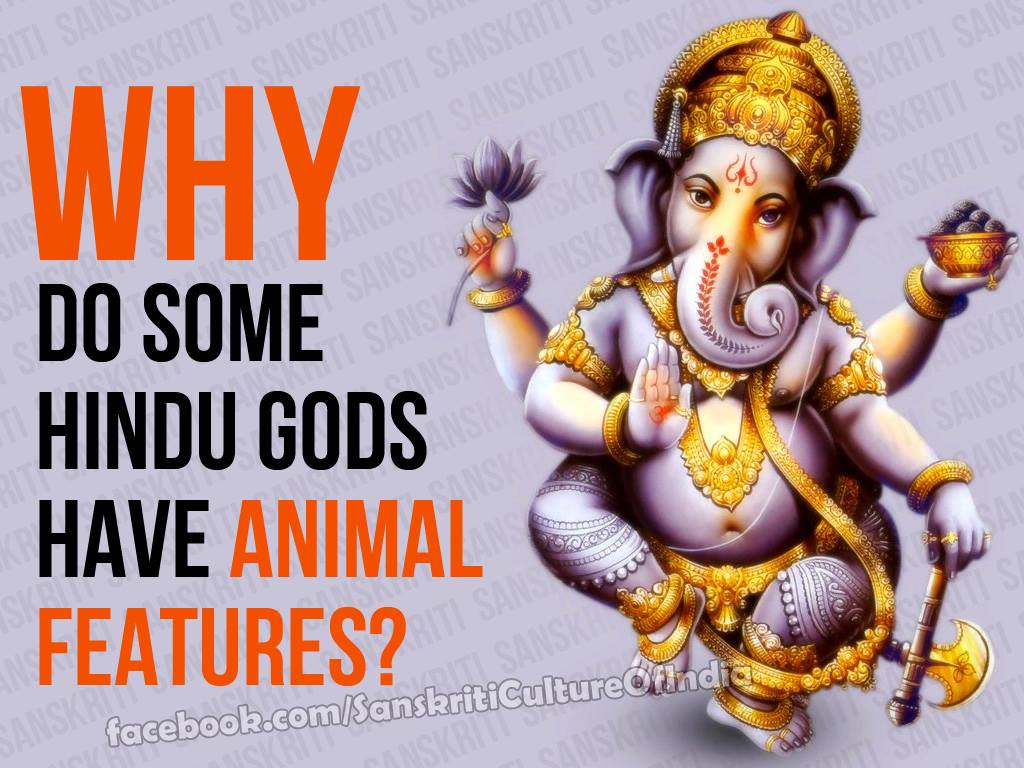In dreams and visions the inner-plane beings have revealed themselves to mankind to be of many forms, expressing many powers. Some appear human, and others, like Ganesha, have animal features.
The various gods in hinduism’s wide-ranging traditions possess distinct personalities and forms based on how they have been seen in visions and how they are depicted in stories and legends. Hindus feel no need to question the fact, for instance, that Lord Ganesha has the head of an elephant. They know He has been seen in this way by rishis and even by ordinary devotees. Did He choose that form to distinguish Himself as the Lord of Obstacles? No one really knows.
The important fact is that millions of Hindus worship and receive blessings from the benevolent Elephant-Faced God every day. Many Hindus seeking an explanation hold that Ganesha is a real being who looks like an elephant. Others believe the elephant form is symbolic. Millions are content with the ancient stories in the Puranas that explain how He came to have an elephant head. Interestingly, and perhaps because of His endearing visage, Ganesha is the most popular of all the Hindu Deities. Numerous other Hindu Divinities have animal attributes, including Hanuman, Varuna, Kamadhenu, the Nagas, the vahanas (animal mounts of the Gods) and four of Vishnu’s ten incarnations (fish, turtle, boar and half-man-half-lion).
Elaboration: An exploration of other ancient faiths shows that Hinduism is not alone in having Divinities with animal attributes. The ancient Greeks worshiped the God Pan, who has the hindquarters, legs and horns of a goat, and the Sea Gods Ichthyocentaurs, with human heads and torsos, the front legs of a horse and the serpentine tails of fish. In Egypt’s pantheon, Anubis (God of the Underworld) is a falcon-headed man, as is Ra (the Sun God). Thoth (Lord of Wisdom and of the Moon) has the head of an ibis or a baboon, and His consort, Bastet, has the form of a cat or a lioness.
The Mesoamerican peoples worshiped Quetzalcoatl, a feathered serpent. The Assyrians feared the powerful serpent Goddess Tiamat and revered various winged beings. In Japan–where Buddhism and Shintoism are intertwined–Kitsune the fox and Tengu the bird man are powerful shape-shifters who can transform into human or inanimate shapes to trick humans. Many shrines there are guarded by a pair of magical lion-dogs known as the Koma-inu or Shishi.
In a discussion with Christians, who tend to ridicule Hinduism on this point, you can recall that winged angels are half-human and half-bird. Four-headed beings called the Cherubims were central in the early Christianity. In the Bible’s Book of Revelation, John writes: “I saw a throne standing in heaven; and the One who was sitting on the throne… In the center, grouped around the throne itself, were four animals with many eyes, in front and behind. The first animal was like a lion, the second like a bull, the third animal had a human face, and the fourth animal was like a flying eagle. Each of the four animals had six wings…” (4:1-8). The description matches an account by Jewish prophet Elijah centuries before. Importantly, these beings are the most powerful beings in the pantheon, closest to the Creator.
Over the millennia, worship and awareness of Deities with animal features was eclipsed in most cultures as the monotheistic religions grew into prominence. Were these beings mere myth and imagination, as depicted by modern scholars? Or were the peoples of ancient times aware of a mystical reality that has been sealed off? In most cultures, the old Gods have been put in exile. Only in Hinduism does such worship thrive in unbroken continuity.
One might note the obvious fact that Homo sapiens, too, is an animal species, one among many.











